 ‘4 things to see this week’ is sponsored by Bloomberg Connects, the free arts and culture app. Bloomberg Connects lets you access museums, galleries and cultural spaces around the world on demand. Download the app here to access digital guides and explore a variety of content.
‘4 things to see this week’ is sponsored by Bloomberg Connects, the free arts and culture app. Bloomberg Connects lets you access museums, galleries and cultural spaces around the world on demand. Download the app here to access digital guides and explore a variety of content.
Each week we bring you 4 of the most interesting objects from the world’s museums, galleries and art institutions hand-picked to mark significant moments in the calendar.
From the bright green of the dyed Chicago River to the many arguments overheard in pubs about what constitutes the perfect pint of Guinness, St Patrick’s Day is equal parts joyous celebration of Irish culture and commercialised cliché.
It was first celebrated in the 17th century to commemorate the 5th-century missionary’s efforts to eradicate paganism – the allegorical ‘snakes’ of the legend – from Ireland. The day always falls within Lent and historically the restrictions on drinking alcohol during this time would be lifted by the church for the occasion.
Drinking aside, it’s also the perfect excuse to take a closer look at some of the artists, writers and religious figures (not just St Patrick) whose names have become entangled with the many myths of Ireland, from the ancient to the modern.
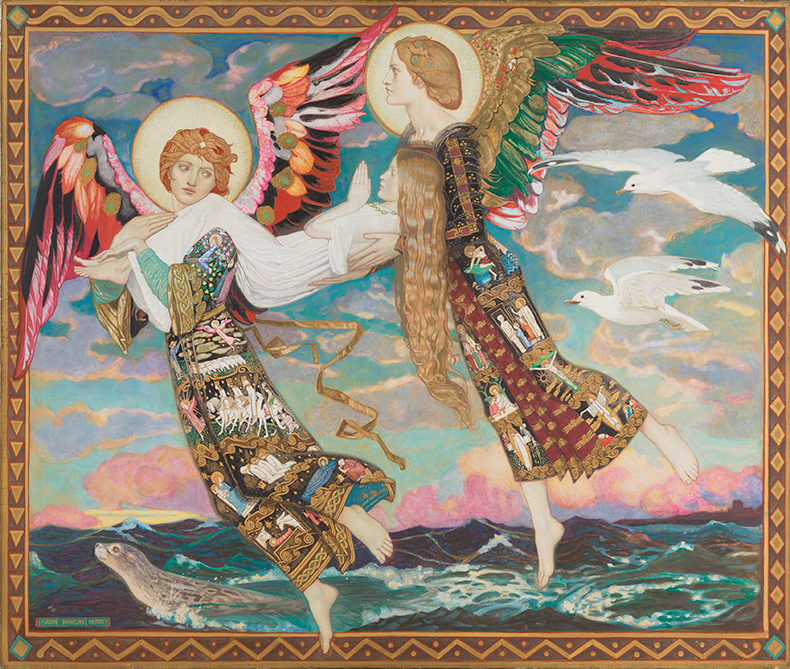
Saint Bride (1913), John Duncan. National Galleries of Scotland
1. Saint Bride (1913), John Duncan
Scottish National Gallery, Edinburgh
Also known as Brigid of Kildare, St Bride is the ‘mother’ saint of Ireland and the country’s patron of poetry and healing, as well as blacksmithing and dairy production. Here, she is being transported across the sea by two angels in order to attend the nativity of Christ in Bethlehem; she is accompanied by two birds and a seal that may be a reference to the saint’s pagan origins. Click here to find out more.
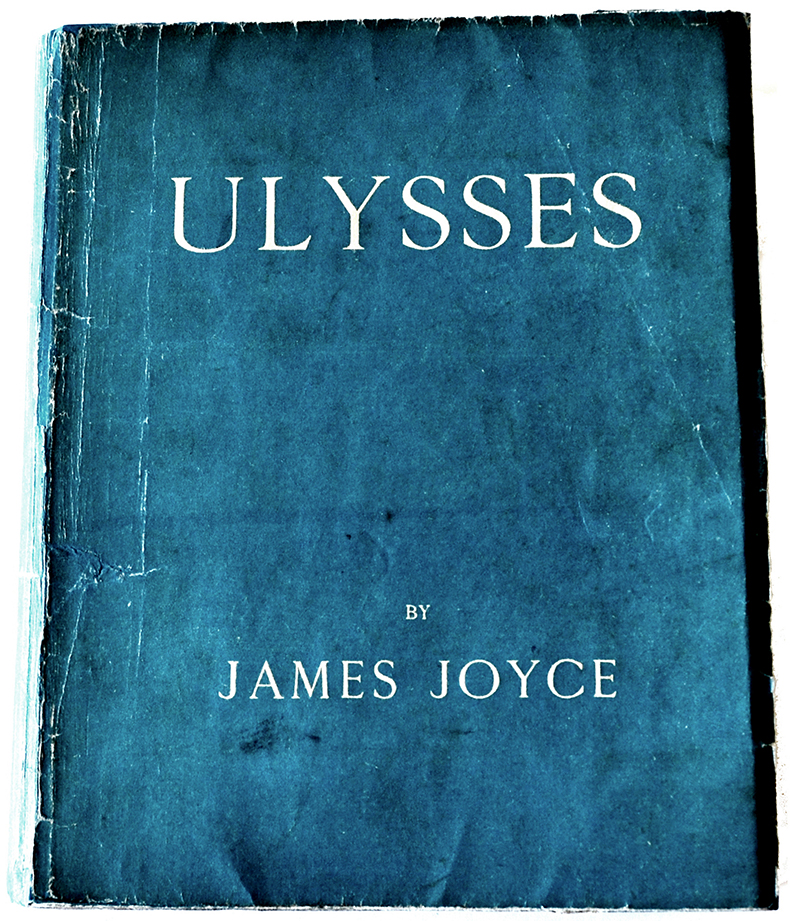
Front cover of the first edition of James Joyce’s Ulysses, published 1922. Courtesy Little Museum of Dublin
2. First English edition of Ulysses (1922), James Joyce
Little Museum of Dublin
Probably the most famous work of Irish literature, Joyce’s 732-page novel hardly needs an introduction. This edition can be found at the Little Museum of Dublin and is helpfully turned to the last page, ‘so guests can say they have finished reading Ulysses.’ Click here to find out more on the Bloomberg Connects app.
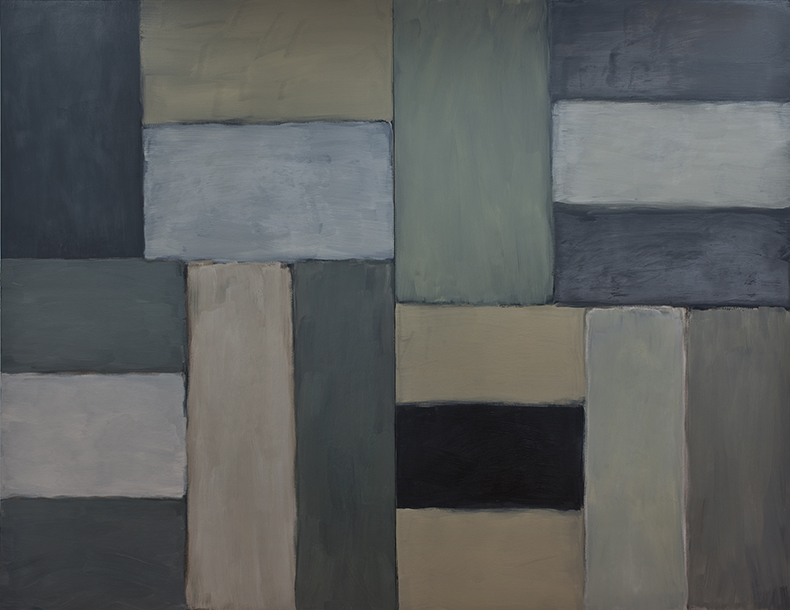
Wall of Light White Tundra (2009), Sean Scully. Courtesy GAM Galleria Civica d’Arte Moderna e Contemporanea, Turin; photo: Studio Gonella
3. Wall of Light White Tundra (2009), Sean Scully
Fondazione per l’Arte Moderna e Contemporanea, Turin
Originally born in Dublin, Scully lived in London before moving to the United States where he made a name for himself on the Minimalist scene. However, he soon left the movement behind in favour of ‘emotional abstraction’ – this work reveals the melancholy influence of Rothko’s last series of paintings, all black on grey. Click here to find out more.
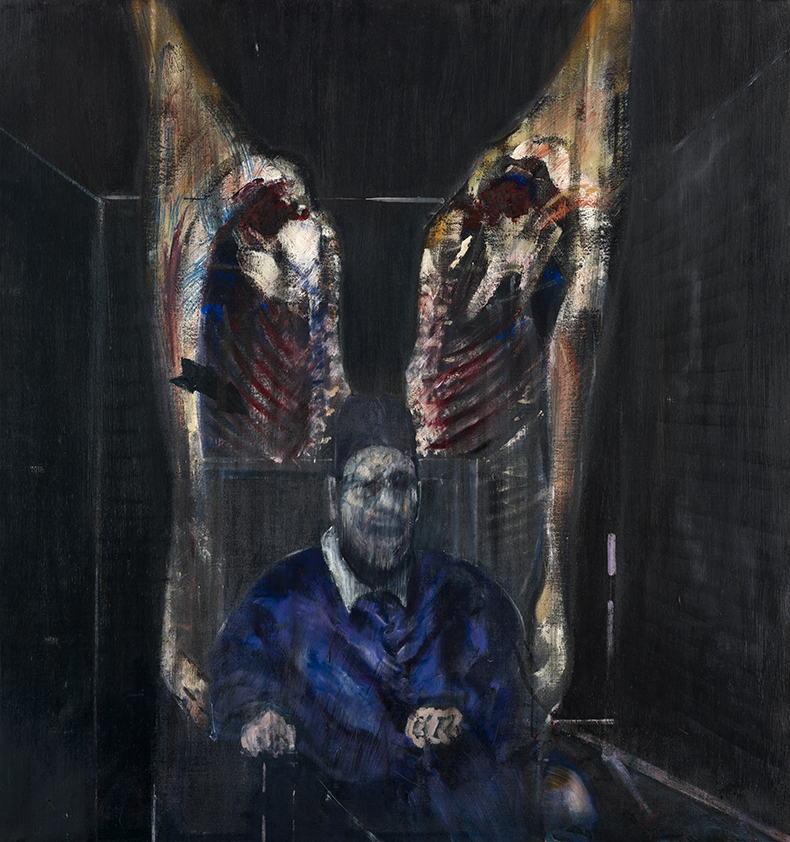
Figure with Meat (1954), Francis Bacon. Art Institute of Chicago. Image: © 2016 Estate of Francis Bacon. All rights reserved ARS, New York/DACS, London
4. Figure with meat (1954), Francis Bacon
Art Institute of Chicago
Bacon made his first pope painting, based on Velázquez’s Portrait of Pope Innocent X (1650), in the late 1940s. This was the beginning of a series dedicated disturbing homages, including this version at the Art Institute of Chicago where the screaming figure is framed by two hanging carcasses that recall Rembrandt’s Le Bœuf écorché (1655). Click here to find out more.
Download now
![]() ‘4 things to see this week’ is sponsored by Bloomberg Connects, the free arts and culture app. Bloomberg Connects lets you access museums, galleries and cultural spaces around the world on demand. Download the app here to access digital guides and explore a variety of content or scan the QR code.
‘4 things to see this week’ is sponsored by Bloomberg Connects, the free arts and culture app. Bloomberg Connects lets you access museums, galleries and cultural spaces around the world on demand. Download the app here to access digital guides and explore a variety of content or scan the QR code.
Unlimited access from just $16 every 3 months
Subscribe to get unlimited and exclusive access to the top art stories, interviews and exhibition reviews.


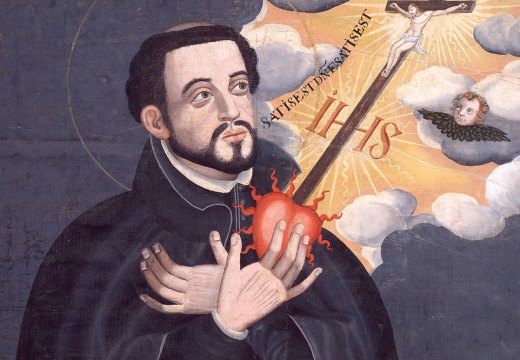
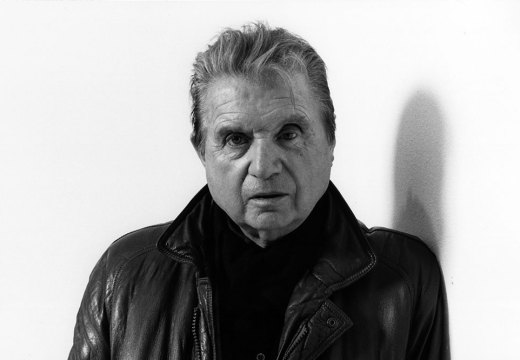
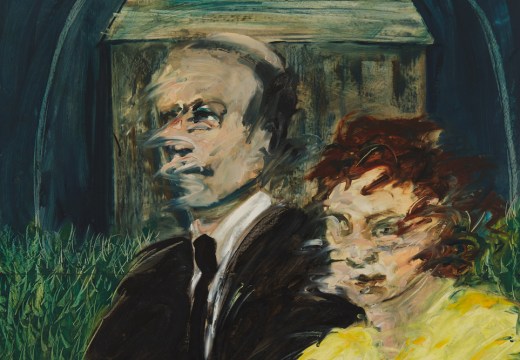









![Masterpiece [Re]discovery 2022. Photo: Ben Fisher Photography, courtesy of Masterpiece London](http://www.apollo-magazine.com/wp-content/uploads/2022/07/MPL2022_4263.jpg)
It’s time for the government of London to return to its rightful home